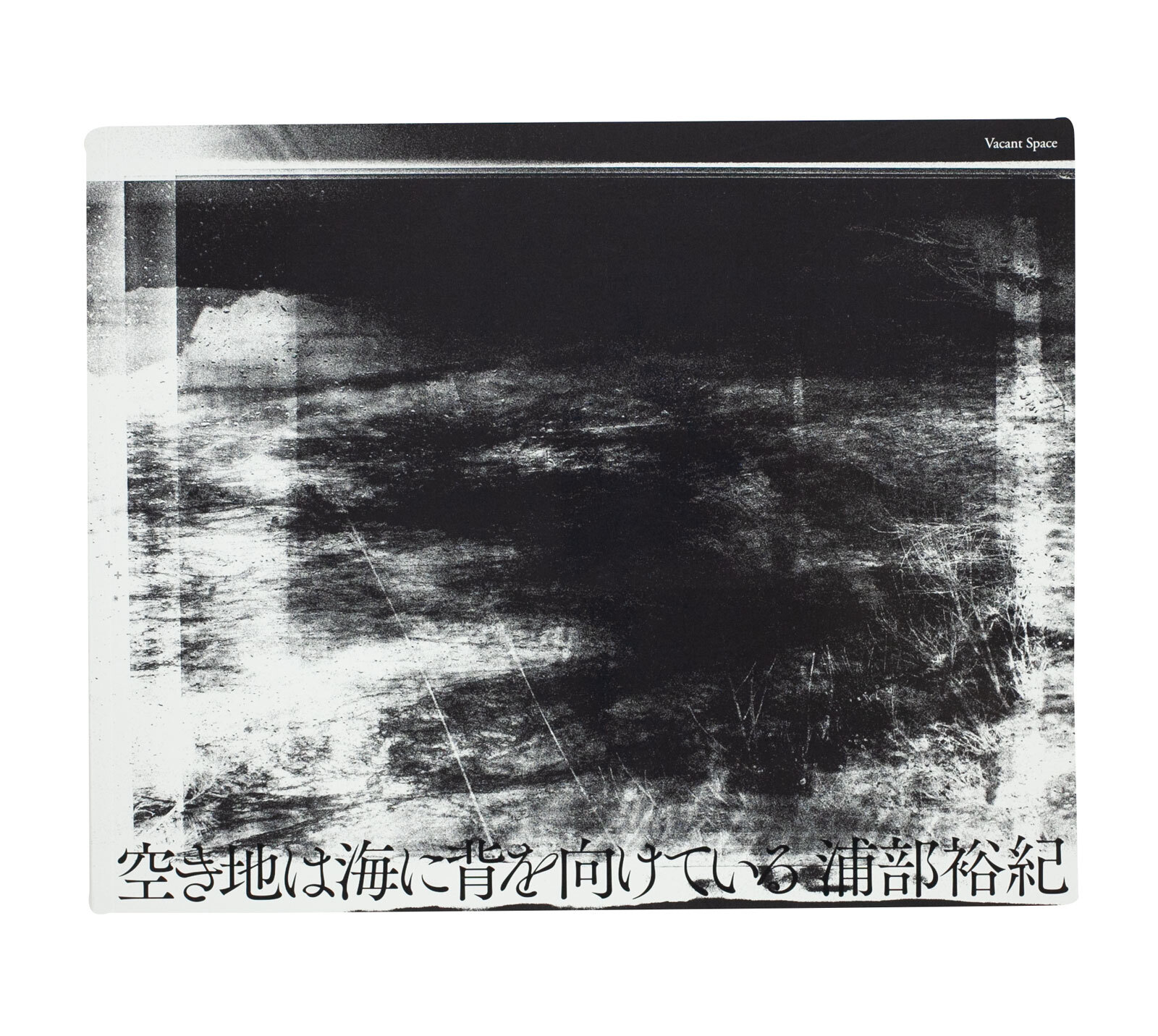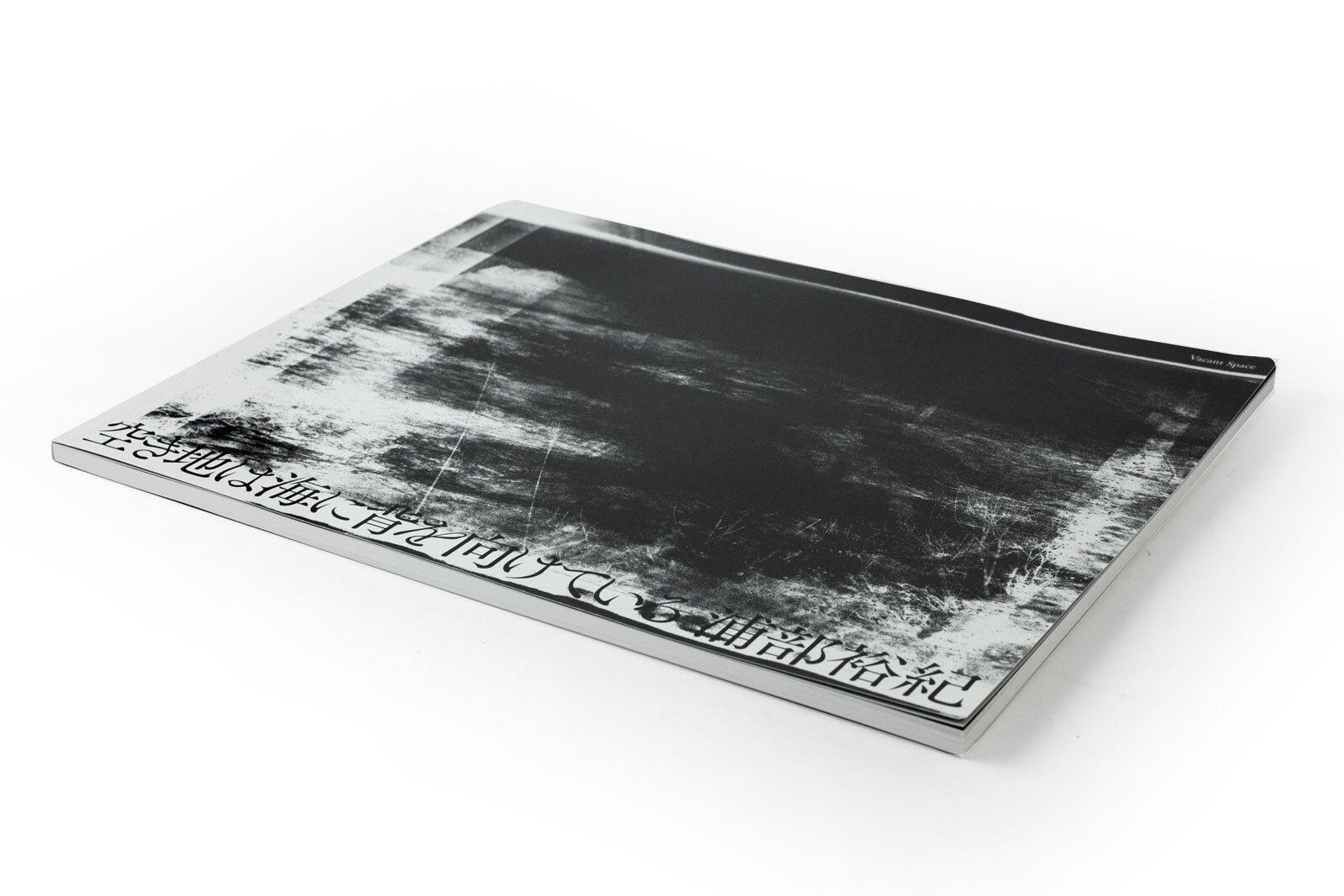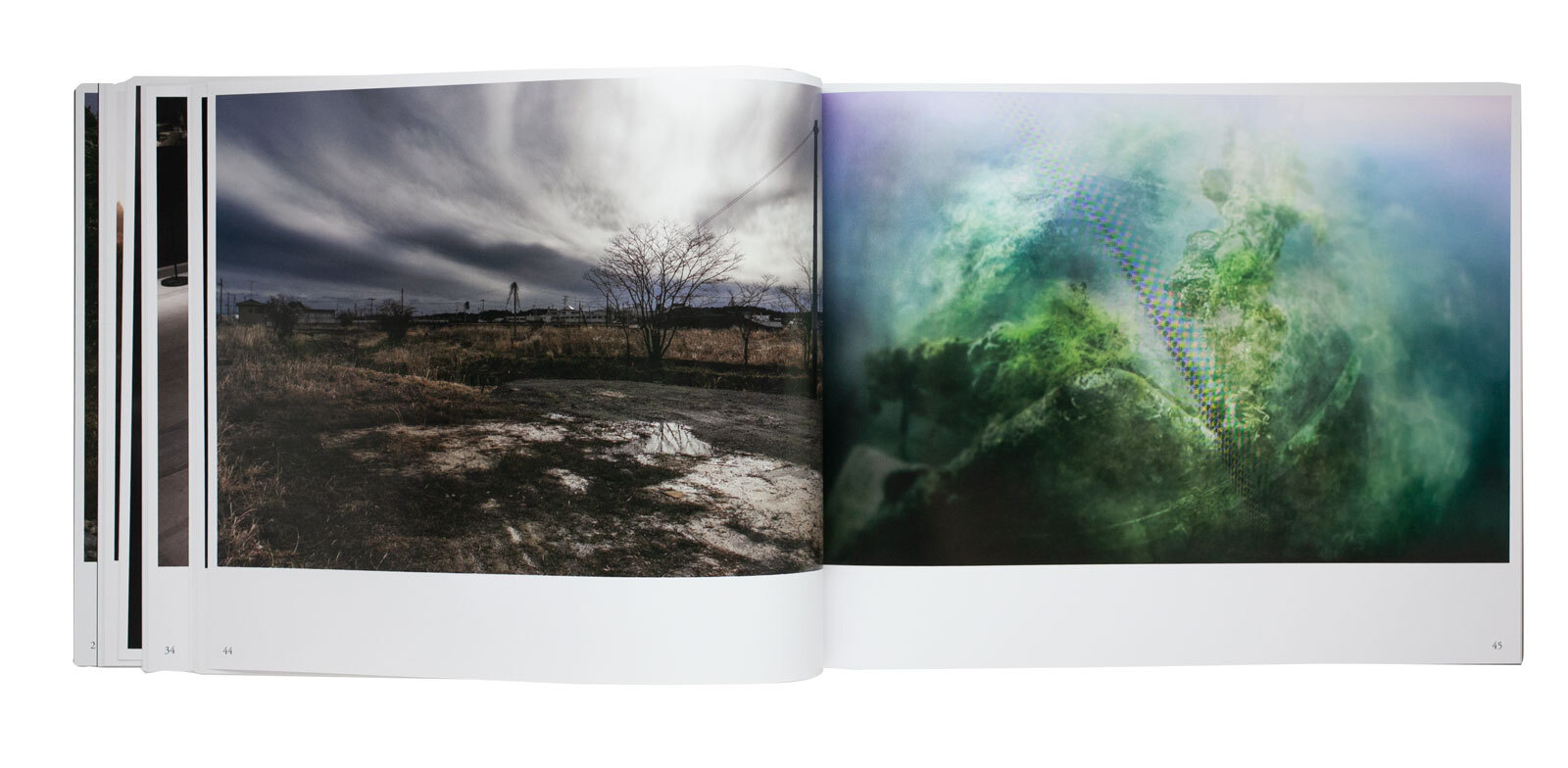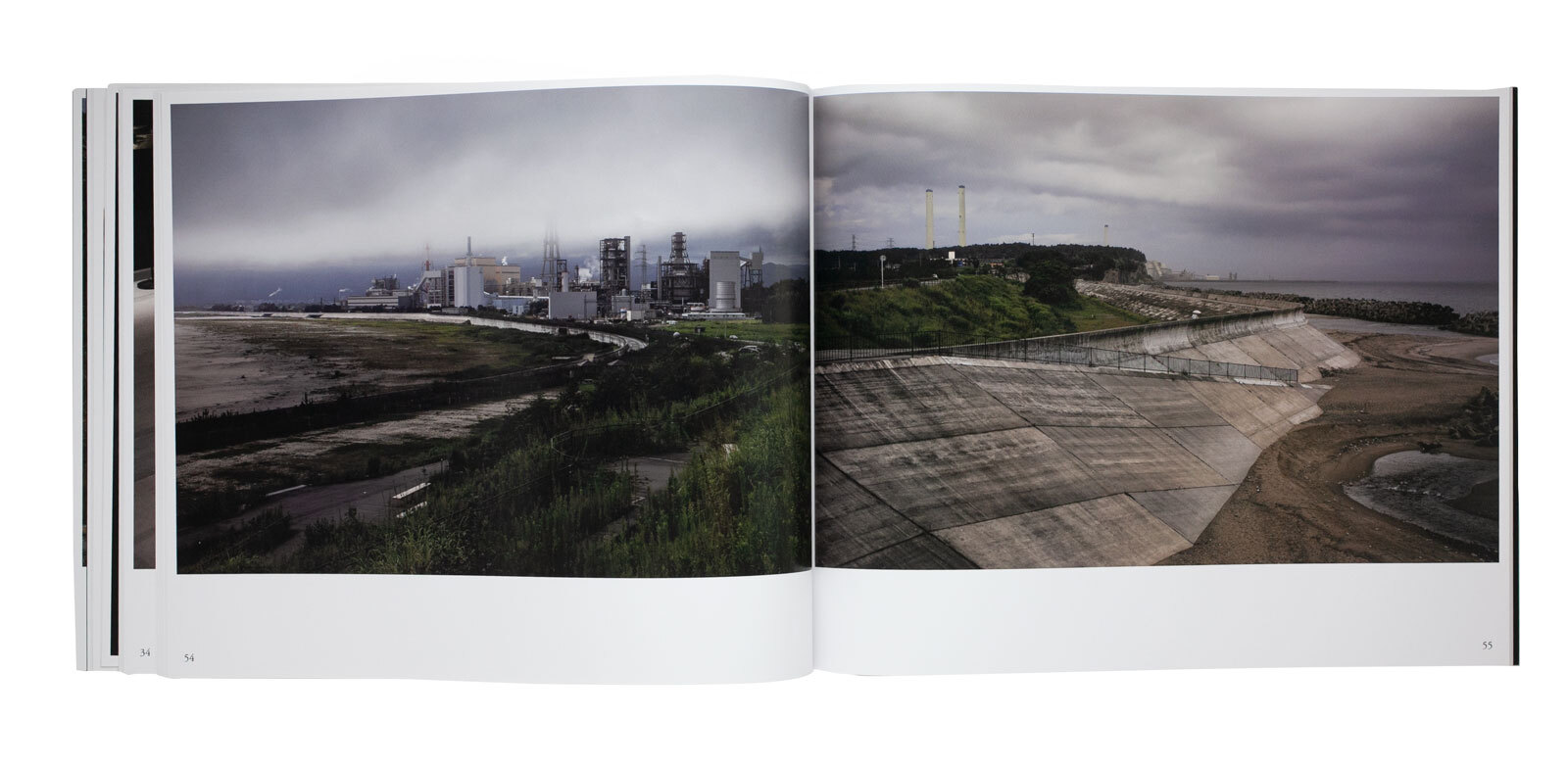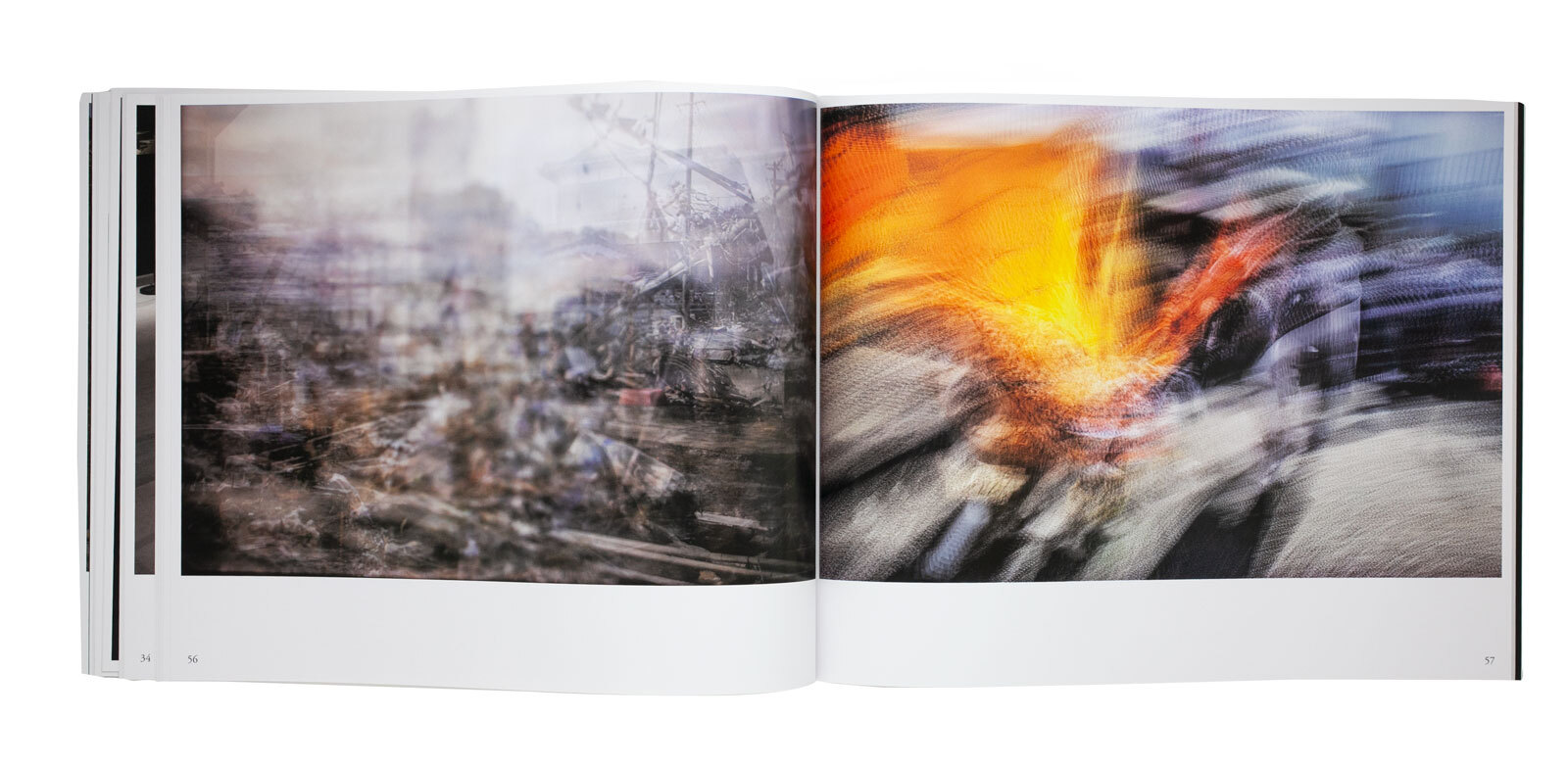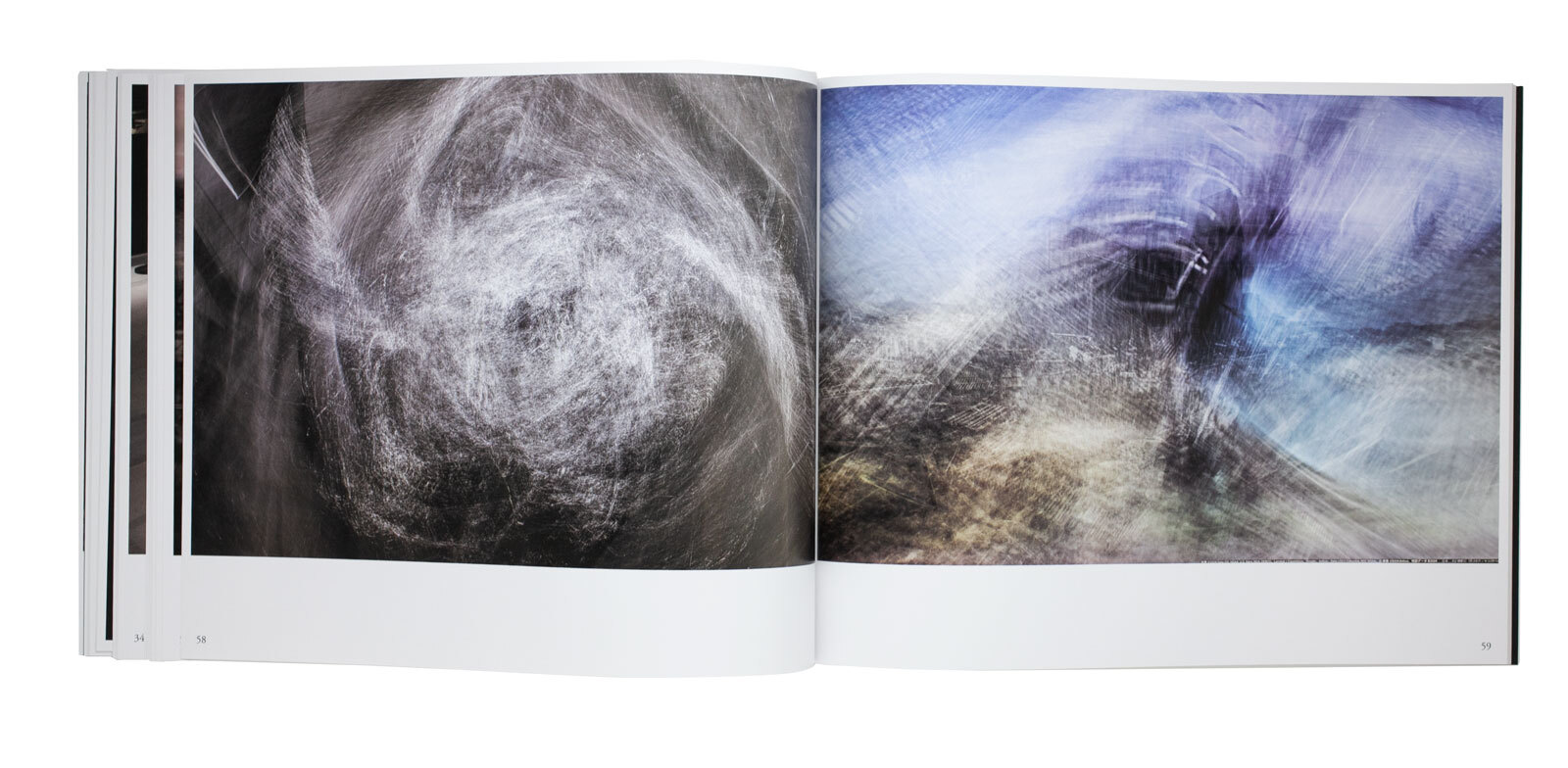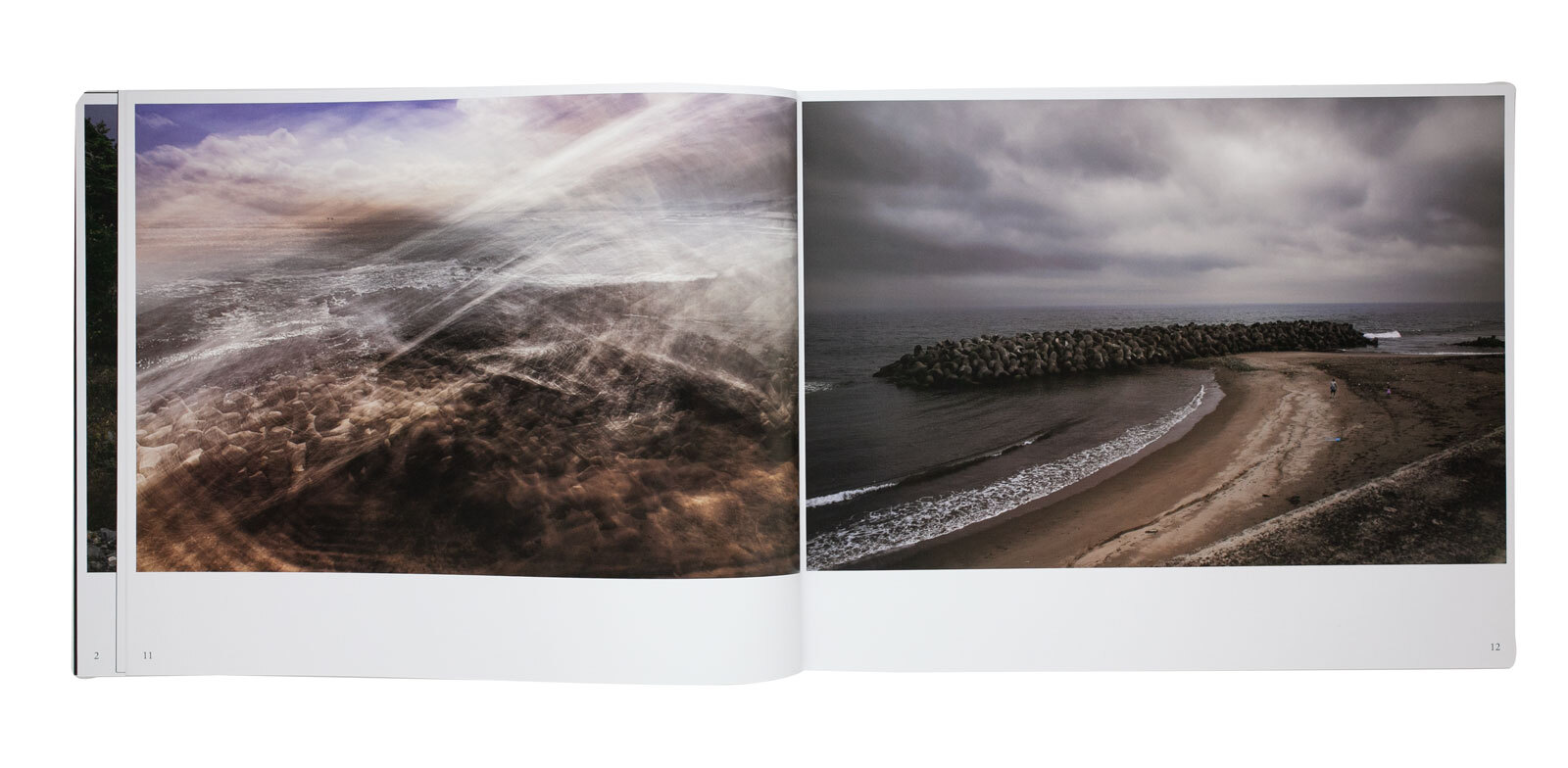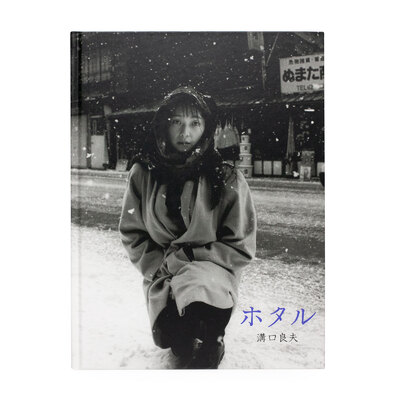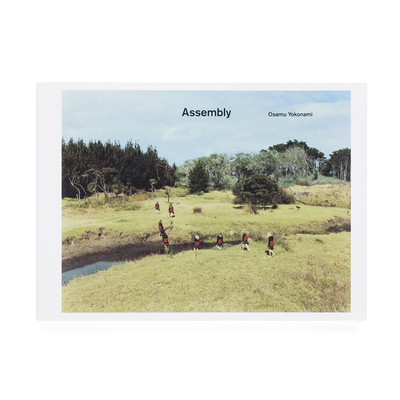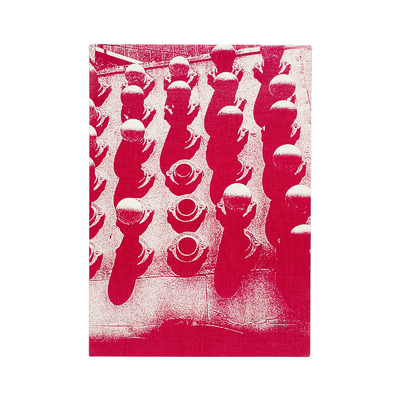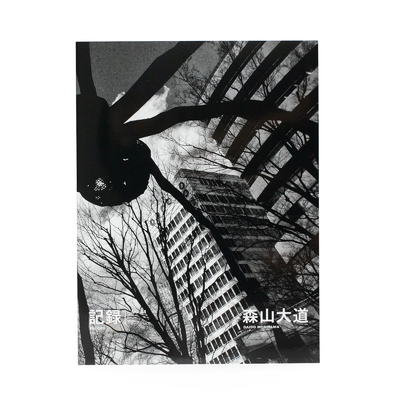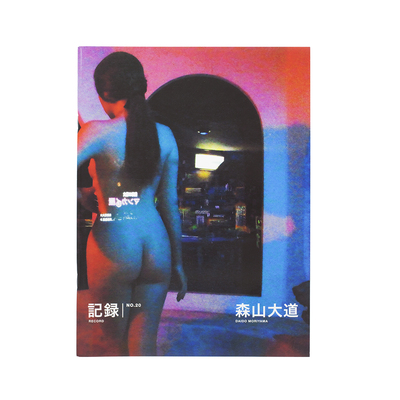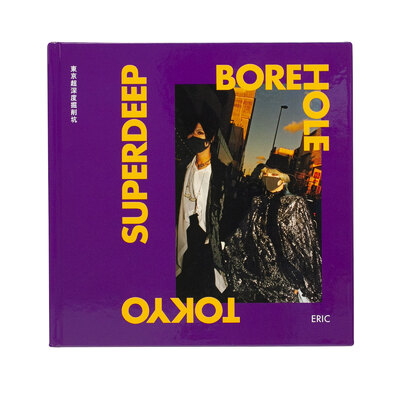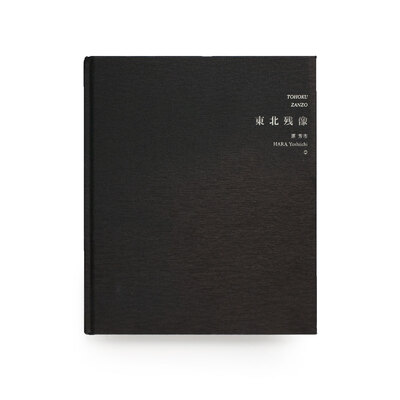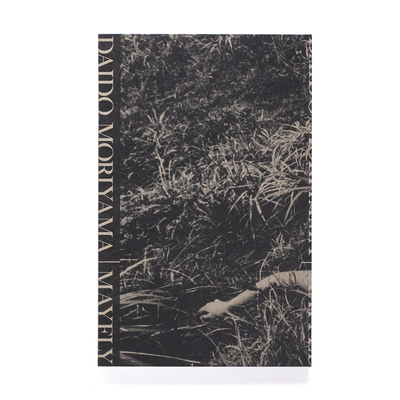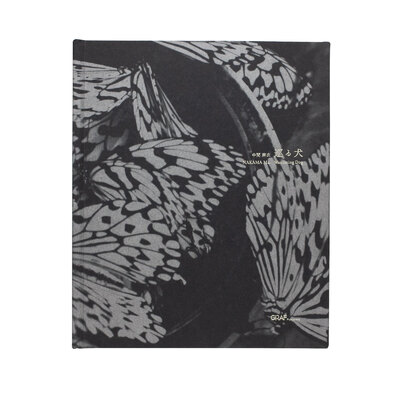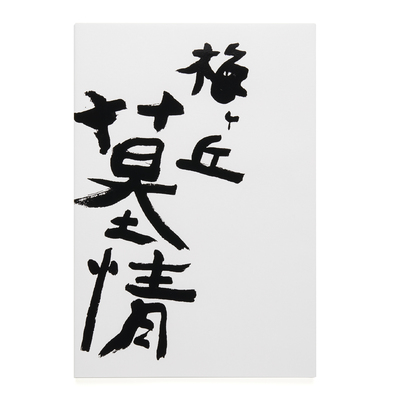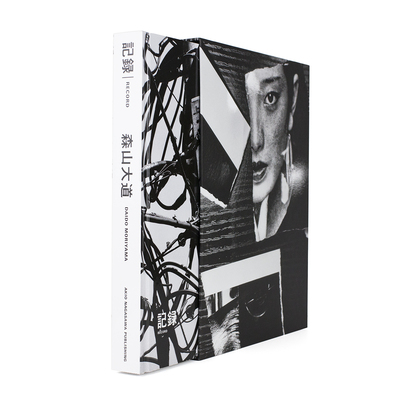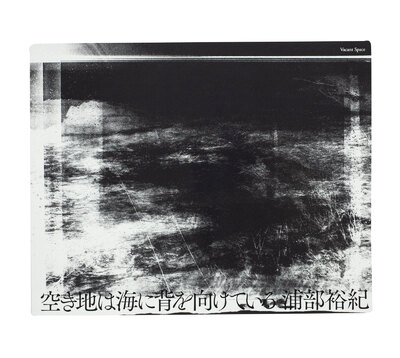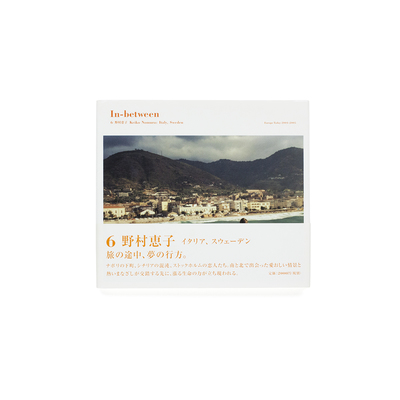Vacant Space
Hiroki Urabe's series "Vacant Space" was inspired by two recent disasters: the 2011 Great East Japan Earthquake and Tsunami, and the Corona Pandemic.
Like many, Urabe was glued to the television after the tsunami hit the Tohoku region in 2011, feeling shocked and helpless as he watched the same horrific images over and over again. He remembers the public appeals for solidarity and restraint and how quickly they were forgotten. In 2020, when the Corona pandemic required a large-scale response, Urabe was reminded of the 2011 disaster. Curious about the reconstruction work and the sea walls built for safety, he began to travel to the affected regions.
His series "Vacant Space" depicts the strange, monotonous landscapes built in the aftermath of the earthquake and tsunami: gray, geometric concrete structures, copy-pasted inorganic forms, and asphalted empty spaces. Faced with the overwhelming ordered artificiality, Urabe explores his experience of the event through tilt-shifted, long-exposure photographs of television monitors from his home in Tokyo, juxtaposing the strange new built landscape with his memories of the natural forces that swept over the same region.
“The past is far away as it could be. It does not help even if I reach the original source of that memory. Every time when I see the dull scenes of the past disaster, I would feel angry. But immediately coming back to me is the question: Do I really quality to feel that way, having forgotten them all? Amid all my angers diffusing around in my mind, I knew one thing for sure. I no longer wanted to keep bowing my head to the helpless impossibilities. I was very sure about it, more definitely than ever. I would give all my power and spirit to the possibility that something could be born only out of such helplessness. I so continued to photograph objects related to those days of the past, no matter where I was, with the heat that had stayed within me.
I would like to thrive and live well. But, it is not allowed. I do not want to forget, yet I would forget. I don't want to settle with ethics and morals that are too correct. But, but... Having lived with such a cyclical feeling of helplessness for a long time, I finally reached the point of no return. Now I wanted to see what I could do from here on. If I can't get anything done, I am done.”
― from Hiroki Urabe’s afterword (included in Japanese & English)
€41.06
Checkout This item has been added to your cart.
- Book Size
- 249 × 312 mm
- Pages
- 96 pages, 86 images
- Binding
- Softcover
- Publication Year
- 2024
- Language
- English, Japanese
- ISBN
- 978-4-908955-30-3
